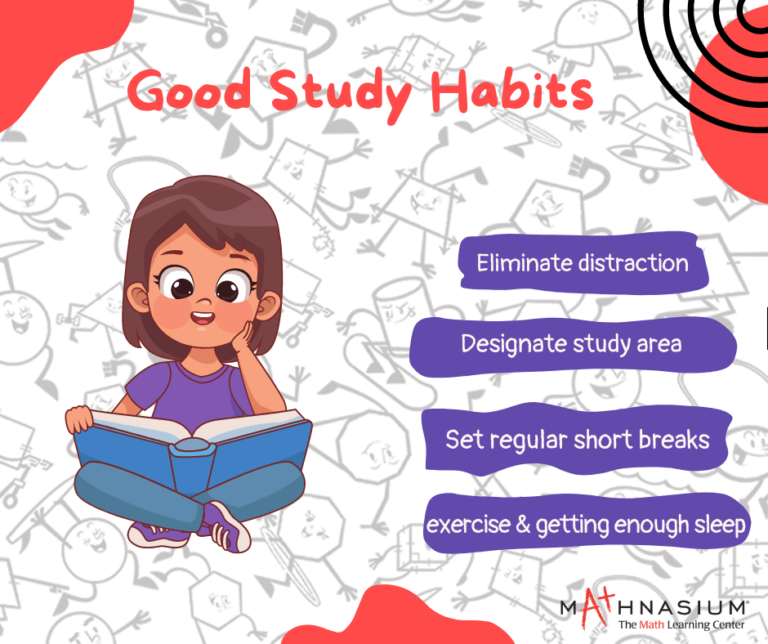Digital vs. Traditional Learning: Pros and Cons
As educational methodologies evolve, the debate between digital and traditional learning continues to gain momentum. Each approach has its unique advantages and challenges, and understanding them can help educators, students, and parents make informed decisions. This article explores the pros and cons of both digital and traditional learning, helping to clarify the best practices for a successful educational experience.
Understanding Digital Learning
Digital learning refers to the use of technology and the internet to deliver educational content. This can include online courses, interactive apps, and virtual classrooms, providing a flexible and engaging learning experience.
Key Characteristics
- Accessibility: Students can learn from anywhere with an internet connection.
- Interactive Tools: Multimedia resources enhance engagement.
- Personalized Learning: Adaptive technologies cater to individual learning styles and paces.
Understanding Traditional Learning
Traditional learning typically takes place in a physical classroom setting, where teachers deliver lessons face-to-face. This method has been the cornerstone of education for centuries.
Key Characteristics
- Direct Interaction: Students and teachers engage in real-time discussions.
- Structured Environment: A set schedule and routine provide consistency.
- Hands-On Activities: Labs, workshops, and group activities foster experiential learning.
Pros of Digital Learning
1. Flexibility
Digital learning offers unparalleled flexibility, allowing students to learn at their own pace and schedule. This adaptability is particularly beneficial for those balancing work, family, and education.
2. Access to Resources
Students can access a vast array of online resources, including videos, articles, and interactive modules. This wealth of information enhances the learning experience and promotes self-directed study.
3. Diverse Learning Tools
Digital platforms often include multimedia tools that cater to different learning styles, such as visual, auditory, and kinesthetic. This variety can make learning more engaging and effective.
4. Cost-Effectiveness
Online courses often reduce costs associated with commuting, materials, and facility use. Many digital resources are available for free or at a lower price point than traditional textbooks.
Cons of Digital Learning
1. Lack of Face-to-Face Interaction
The absence of in-person interaction can lead to feelings of isolation and limit opportunities for developing social skills. Collaboration and group discussions may be less effective in a digital environment.
2. Technology Dependence
Students must have access to reliable technology and the internet. Technical issues can disrupt learning, and not all students have the necessary resources at home.
3. Self-Motivation Required
Digital learning often requires higher levels of self-discipline and motivation. Without the structure of a classroom, some students may struggle to stay engaged and complete assignments.
4. Limited Hands-On Experience
Certain subjects, particularly in the sciences, may require hands-on experiences that are difficult to replicate online, potentially limiting practical learning opportunities.
Pros of Traditional Learning
1. Structured Learning Environment
Traditional classrooms provide a structured environment with set schedules, which can help students focus and establish a routine.
2. Immediate Feedback
Students receive immediate feedback from teachers during lessons, allowing for real-time clarification of concepts and questions.
3. Social Interaction
Face-to-face learning fosters social skills and relationships among peers, promoting teamwork and collaboration that are essential in many career fields.
4. Access to Resources
Students have immediate access to physical resources such as libraries, labs, and classroom materials, enhancing their learning experience.
Cons of Traditional Learning
1. Inflexibility
Traditional learning often follows a rigid schedule, making it challenging for students with varying commitments to keep up with coursework.
2. One-Size-Fits-All Approach
Classroom settings may not accommodate diverse learning styles and paces, leaving some students either bored or overwhelmed.
3. Commuting Challenges
Traveling to and from school can be time-consuming and costly, especially for students living far away from educational institutions.
4. Limited Access to Resources
Students may have limited access to specialized resources, especially in rural or underserved areas, impacting the quality of education.
Finding a Balance: Hybrid Learning
Hybrid learning combines elements of both digital and traditional learning, providing flexibility while maintaining the benefits of face-to-face interaction. This approach can include:
- Blended Courses: Classes that integrate online assignments with in-person sessions.
- Flipped Classrooms: Students learn new content online at home and apply it during classroom activities.
- Personalized Learning Paths: Tailored experiences that cater to individual learning styles and needs.
By leveraging the strengths of both methods, hybrid learning can enhance educational outcomes and foster a more inclusive environment.
Conclusion
Both digital and traditional learning offer distinct advantages and challenges. While digital learning provides flexibility and access to resources, traditional learning fosters direct interaction and structure. Understanding the pros and cons of each approach can help educators and students make informed choices, potentially leading to more effective and engaging educational experiences. As technology continues to evolve, finding a balance through hybrid learning may represent the future of education, catering to diverse needs and preparing students for a dynamic world.






